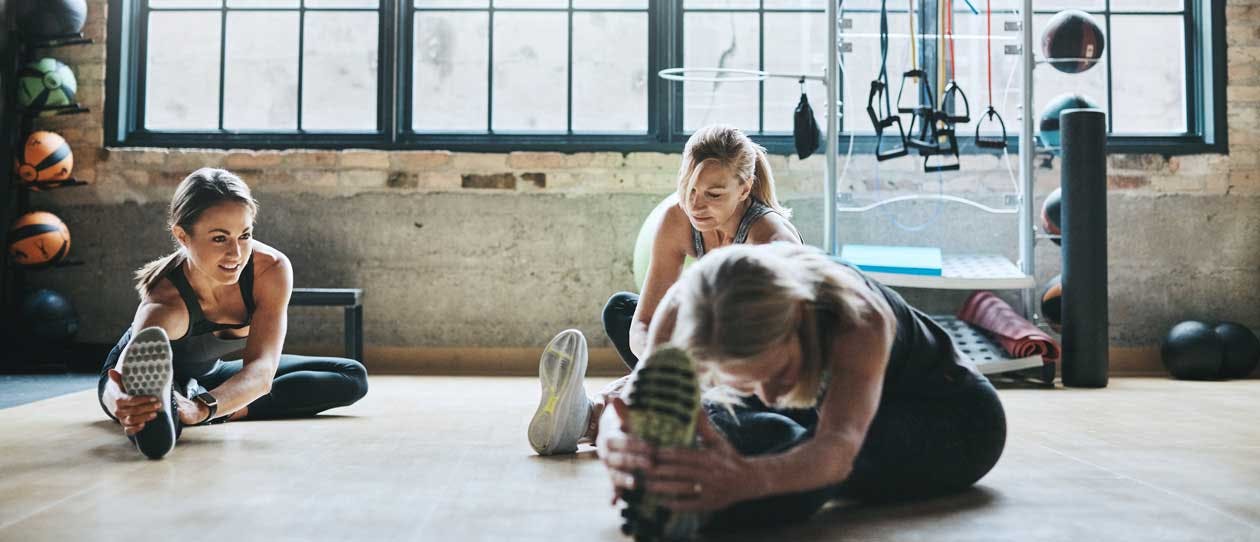What is fitness age?
Fitness age is of great importance of how long you can expect to live. We know that fitness has a very strong connection to wellness and lifespan. Fitness age provides an actual measurement of these life extending benefits.
Unlike chronological age, fitness age can rise and fall according to your training regime and aerobic capacity.
Suitable and consistent training can lead to a reduction, or improvement in your fitness age, and this may correlate with a longer life expectancy.
On the contrary, an inactive lifestyle may accelerate ageing, would translate to an older fitness age.
What does fitness age actually measure?
During exercise, a number of physiological changes occur, including an elevation of your heart rate, breathing rate and oxygen uptake.
As you exercise, it will progressively become harder as the duration and/ or intensity increases. There will become a point where, no matter how hard you try, your body can no longer utilise any more oxygen (which it needs to function).
This point is referred to as your VO
2 max, or maximal oxygen uptake, and is the maximal volume of oxygen that can be inhaled and absorbed by the body. This is the primary measure of fitness age.
Oxygen is used to break down carbohydrates, fats and protein into fuel that helps your muscles function. VO
2 max is therefore a specific measure of your body’s ability to take in, absorb and use oxygen. It is considered to be a reliable indicator of cardiovascular (aerobic) fitness, and possibly your potential as an endurance athlete.


